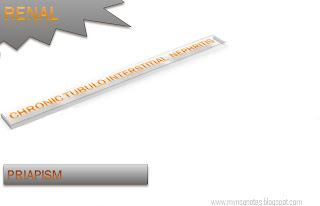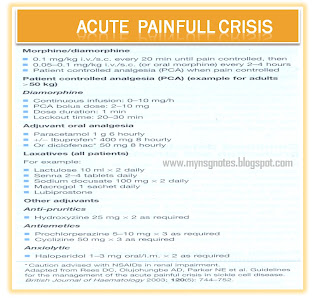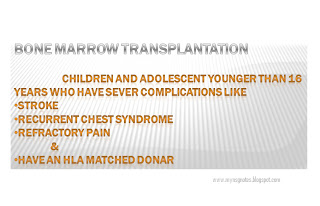CORONA VIRUS
Corona viruses are a group of viruses that infect the respiratory tract of both humans and animals.
There are many different species of the virus. Human corona virus was discovered in 1965 and accounts for 10 percent to 30 percent of common colds.
The SARS outbreak in 2002 was believed to be caused by a new type of corona virus that was similar to the one that affects cats. Due to its contagious nature, SARS became a world epidemic, spreading to 32 countries and infecting 8,459 people. Many of the people who contracted SARS also developed pneumonia, and over 800 people died as a result of SARS.
THIS NEW CORONA VIRUS NOW KNOWN AS:-
Middle East respiratory syndrome coronavirus (MERS-CoV)
This particular strain of coronavirus has not been previously identified in humans.
This particular strain of coronavirus has not been previously identified in humans.
- MERS-CoV is a new novel coronavirus that caused severe acute respiratory infection (SARI) first identified in Saudi Arabia in September 2012.
- MERS-CoV is a type of coronavirus, similar to the one that causedSARS (severe acute respiratory syndrome) or the common cold. MERS-CoV has not been previously identified in humans. However, like the SARS virus, MERS-CoV is most similar to coronaviruses found in bats.
- The infection can be spread from person to person through respiratory secretions.
- Infected people have symptoms of a flu-like illness followed by an atypical pneumonia, including fever, dry cough, and severe shortness of breath. Gastrointestinal symptoms may also occur.
- Severely affected people experience respiratory failure and may need mechanical ventilation. Older people and those with underlying illnesses are at higher risk for severe disease.
- Similar to SARS, there is no medication that is known to treat MERS-CoV. Treatment is supportive.
MERS-CoV is spread from person to person through respiratory droplet secretions
SIGNS AND SYMPTOMS
1. influenza with fever and a mild cough.
2 severe shortness of breath (dyspnea) and inability to maintain oxygenation (hypoxia).
3.Severely affected people develop a potentially fatal form of respiratory failure, known as adult respiratory distress syndrome (ARD orARDS).
4 In addition to the attacking the alveoli in the lungs, the virus also infects other organs in the body, causing kidney failure, inflammation of the heart sac (pericarditis), or severe systemic bleeding from disruption of the clotting system (disseminated intravascular coagulation).
People with compromised immune systems such as severe rheumatoid arthritis or organ transplantation may not experience respiratory symptoms but can have fever or diarrhea.
Diagnosis
MERS-CoV is detected using a reverse transcriptase polymerase chain reaction (PCR) test. On June 5, 2013, the FDA issued an emergency use authorization (EUA) for the CDC Novel Coronavirus 2012 Real-time RT-PCR Assay. This test detects Middle East respiratory syndrome coronavirus (MERS-CoV), formerly known as novel coronavirus 2012 or NCV-2012, in patients with signs and symptoms of MERS and appropriate risk factors. This assay is distributed by the CDC to qualified laboratories. The PCR is performed on a sample of respiratory secretions or blood.
When the patient's history makes the MERS diagnosis likely, these tests are done with the help of state and local public-health authorities, the CDC, and infectious-disease subspecialists. The CDC confirms all positive tests.
TREATMENT
patients with MERS-CoV often require oxygen supplementation, and severe cases require mechanical ventilation and intensive-care-unit support. No medication has been proven to treat MERS-CoV, and treatment is based upon the patient's medical condition(supportive treatment)
PREVENTION
Frequent hand hygiene using soap and water, or an alcohol-based hand sanitizer, avoiding close contact with sick people, and avoidance of touching one's eyes, nose, and mouth can prevent the spread of viruses. Caregivers of patients who are not hospitalized should wear a face mask for direct care until the patient has recovered and perform frequent hand wash.
In hospital, suspected cases of MERS should be placed in airborne infection isolation rooms (AIIR) in which room exhaust is recirculated under high-efficiency particulate air (HEPA) filtration. If not available, the patient should be given a face mask and should be isolated in a single-patient room with the door closed. Staff assigned to the patient, and the patient's movements outside of the isolation area, should be minimized. Before entering the isolation room, health-care workers should wear a gown, gloves, eye shield, and a fit-tested NIOSH-certified disposable N95 filtering respirator; if an N95 mask or respirator is unavailable, a surgical mask should be worn. Before exiting the room, personal protective equipment should be discarded in the room. Hand hygiene must be performed with soap and water or an alcohol-based hand sanitizer after exiting.











































